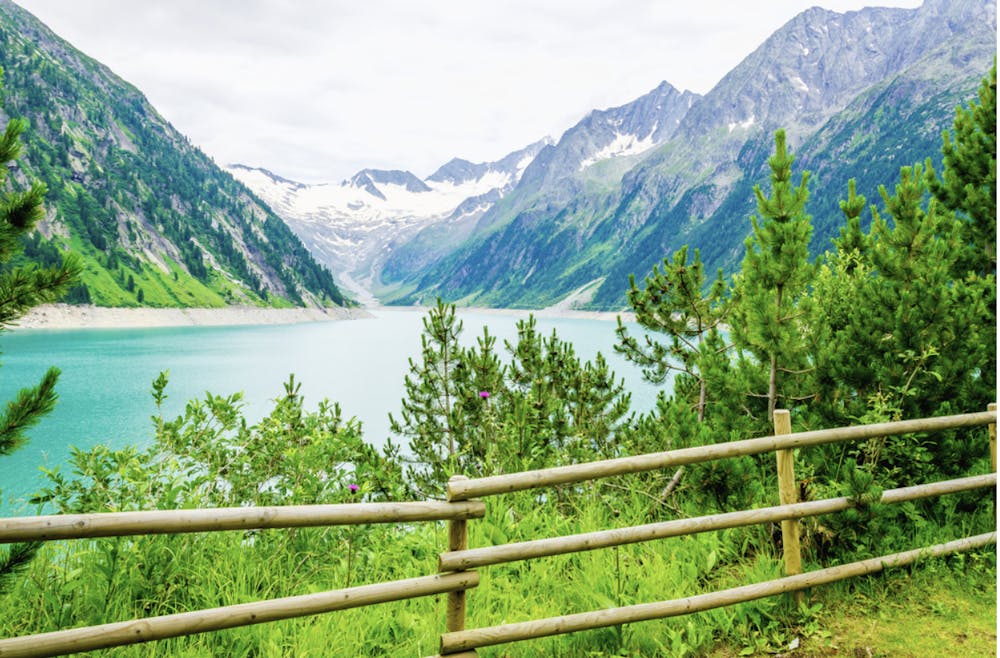The Berlin High Trail, or 'Berliner Höhenweg', is not merely a route through Austria's Zillertal Alps; it is a passage through time. This article delves into the historical essence and cultural impact of the trail, revealing its significance beyond just its scenic vistas and challenging treks.
The Origins of the Berlin High Trail: Established by the Berlin section of the German Alpine Club in the early 20th century, the Berlin High Trail was part of an alpine enthusiasm that swept across Europe. Designed to provide access to the high alpine environment, the trail was named to reflect the club’s home city, fostering a sense of community and pride among its members.
Cultural Significance: Over the decades, the Berlin High Trail has become a melting pot of hikers from around the world, each adding to the trail's rich tapestry of stories and experiences. The trail has not only promoted physical engagement with nature but also intellectual and emotional connections, helping to cultivate a deeper understanding and appreciation of the alpine ecosystem).
Architectural Heritage: The huts along the Berlin High Trail are more than just functional shelters; they are relics of the past and present cultural insights. These structures, with their unique alpine architecture, tell stories of the trail’s early days. The Berliner Hütte, for example, stands as a monument, showcasing the traditional construction techniques of the time and serving as a historical record of the alpine lifestyle).
The Trail Today: Today, the Berlin High Trail offers a journey that mirrors the experiences of its first travelers. With improvements and maintenance over the years, the trail provides safety and comfort through well-marked paths and modernized facilities, making the historic route accessible to today's diverse group of hikers.
Conservation Efforts: Ongoing conservation efforts along the Berlin High Trail exemplify the commitment to preserving both its natural and historical heritage. These efforts ensure that the trail remains a home to diverse alpine species and a living museum where historical structures and paths are preserved for future generations).
Engaging with History: As hikers traverse this trail, they engage with history firsthand. Information plaques and guided tours often enhance the hiking experience, offering insights into the historical significance of various segments of the trail. This educational component transforms the hike into an immersive historical experience, allowing trekkers to appreciate the trail not just for its physical challenges but also for its historical depth.
Conclusion: The Berlin High Trail is more than just a hiking path; it is a historical corridor that offers a window into the past and an insight into the pioneering spirit of alpine exploration. Understanding its history enriches the hiking experience, making every step a journey through time and every view a scene steeped in historical significance.





The Daily News welcomes thoughtful discussion on all of our stories, but please keep comments civil and on-topic. Read our full guidelines here.